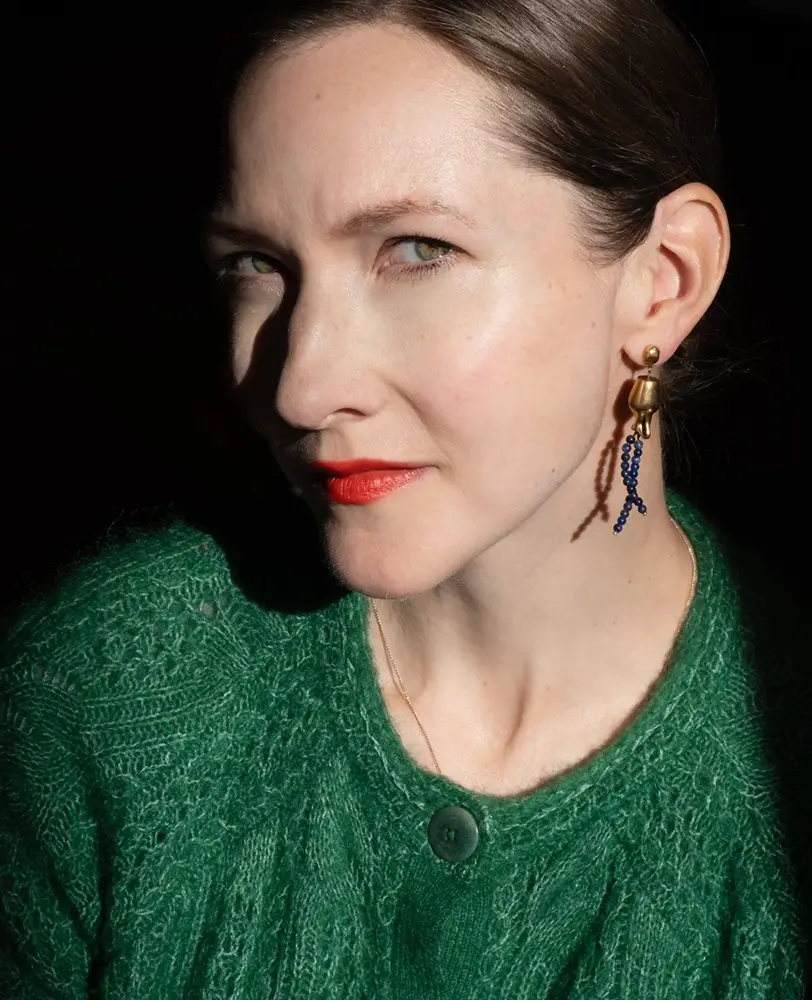Anastasia Sierra is a photographer based in Cambridge, MA. Her work explores the themes of motherhood, womanhood, and the body from a feminist perspective. Sierra’s photographs have been shown in solo and group exhibitions at the Griffin Museum of Photography, Danforth Art Museum, Emerson Contemporary Gallery, Photographic Resource Center, Vermont Center of Photography, Kathryn Schulz Gallery, and Soho Gallery in New York. Her work has been supported by grants and awards from the Cambridge Art Association, Photographic Resource Center and Griffin Museum of Photography. Sierra’s work has been featured in numerous publications, including Lenscratch, Lensculture, Musée Magazine, Artscope Magazine and What Will You Remember. Sierra holds a BA in Linguistics and is currently an MFA candidate at the Massachusetts College of Art and Design.
